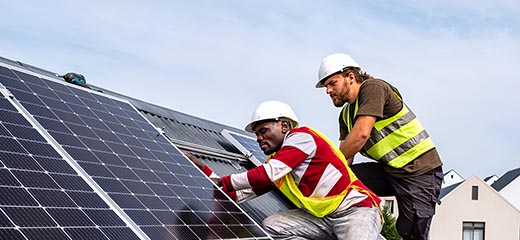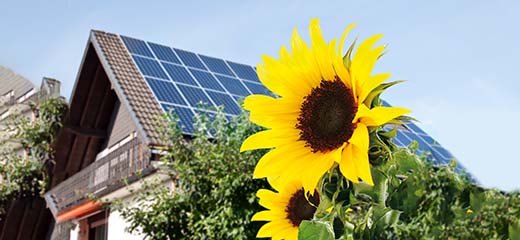
Home solar systems: Check for shade first
The popularity of home solar systems has surged in recent years, with homeowners looking to protect themselves from high stages of loadshedding and increases in electricity tariffs. However, one crucial factor that is often overlooked when considering a solar investment is the impact of shade on the performance of solar panels.
LookSee's executive head, Marc du Plessis, explains: "Your home's structure determines how successful your solar installation will be in generating electricity for your household. Shady conditions – whether from trees, buildings, or surrounding mountains – can significantly reduce the efficiency of solar panels, ultimately affecting the amount of electricity produced.”
To help homeowners assess how a solar installation will perform on their roof, Standard Bank's home management platform, LookSee.co.za, has developed South Africa's first, free online Solar Score for residential properties.
Got shade?
One of the factors that can significantly reduce the ability of a solar system to generate effectively is shade, explains du Plessis.
So, what should you be looking for when considering the placement of solar panels on your roof?
It’s important to bear in mind that the amount of shade your rood receives changes as the sun moves across the sky. This means that a nearby tree that doesn’t cast shade over your roof in the morning, could cast shade over most of your roof in the afternoon. You should also consider shady conditions from other vegetation, buildings and even surrounding mountains.
A more difficult aspect to assess is the impact the sun’s seasonal changes in position will have on your roof. For this, you’ll need to bring in an expert or turn to the LookSee Solar Score.
Easy analysis
The LookSee Solar Score is a free and easy-to-use system that only requires a physical address to create a 3D grid of the property and assess the home against various factors that can impact on the performance of a solar solution. These include the shady conditions from surrounding buildings or vegetation, the direction the roof panes face, roof slope, available roof area on optimal panes, and radiant power from sunlight.
“The LookSee Solar Score helps homeowners take the guesswork out of their solar journey by empowering them with access to valuable information on their specific property,” says du Plessis.
“This includes the home’s solar score, space available for solar panels on the optimal sides of the roof, average days of sunlight, electricity generation potential, and the estimated savings on their electricity bill.”
And once you’ve figured out how solar power will perform on your property, you can turn to LookSee’s free Home Power Analysis to work out which size system is right for your needs and budget. The HPA considers your monthly electricity usage and generates various system sizes that might suit your needs. It also provides you with estimates on how much of your current electricity usage could be replaced by solar, monthly savings, system costs and even the number of backup hours you’ll have for loadshedding.
LookSee's Solar Score currently covers freestanding homes in most cities across the country. Efforts are underway to expand the coverage to include all towns and cities in South Africa and include sectional title properties.
To see the Solar Score's coverage map, click here.
The LookSee Solar Score provides insights into your roof’s potential to generate electricity and save money.









